High-entropy alloys are a new class of alloys that are composed of four or more metallic elements in approximately equal amounts.
Tag: Engineering
Solar Park 2.0: Higher Yield on the Same Area
Shade, dirt, or aging considerably reduce the yield of large photovoltaic facilities. Karlsruhe Institute of Technology (KIT) and partners from science and industry have now launched the Solar Park 2.0 project to reduce these losses.
New study shows spiders use webs to extend their hearing
A newly published study of orb-weaving spiders — has yielded some extraordinary results: The spiders are using their webs as extended auditory arrays to capture sounds, possibly giving spiders advanced warning of incoming prey or predators.
Engineers weave advanced fabric that can cool a wearer down and warm them up
Textile engineers have developed a fabric woven out of ultra-fine nano-threads made in part of phase-change materials and other advanced substances that combine to produce a fabric that can respond to changing temperatures to heat up and cool down its wearer depending on need.
Europe can rapidly eliminate imports of Russian natural gas
Using a new power sector model, a team of researchers, including faculty at Binghamton University, State University of New York, have proposed a method for Europe to eliminate natural gas imports from Russia.
DOE’s Office of Science Graduate Student Research (SCGSR) Program Selects 44 Outstanding U.S. Graduate Students
The Department of Energy’s (DOE’s) Office of Science has selected 44 graduate students representing 24 states for the Office of Science Graduate Student Research (SCGSR) program’s 2022 Solicitation 1 cycle. Through world-class training and access to state-of-the-art facilities and resources at DOE National Laboratories, SCGSR prepares graduate students to enter jobs of critical importance to the DOE mission and secures our national position at the forefront of discovery and innovation.
Engineering Research Provides Non-Invasive Solutions for Diagnosing and Treating Neurological and Psychiatric Conditions
Could artificial intelligence help solve the mental health crisis? What if an algorithm allowed neurologists to know the area affected by a brain seizure? These are just a few of the questions that Maryam Ravan, Ph.D., assistant professor of electrical and…
Ratings for whitewater helmets help protect adventure-seeking athletes
Outdoor enthusiasts turning to whitewater rafting to escape the dog days of summer can chase the rapids more safely thanks to the newest ratings from the Virginia Tech Helmet Lab. Every year, tens of millions of Americans participate in paddle sports, a…
Recycling Materials: Turning Old Batteries into New Ones
Karlsruhe Institute of Technology (KIT) is largely involved in a new battery recycling project. LiBinfinity focuses on a holistic concept for recycling materials of lithium-ion batteries. A mechanico-hydrometallurgical process without energy-intensive process steps will be transferred from the lab to an industry-relevant scale. KIT will then check whether the recycled materials are suited for the manufacture of new batteries. The Federal Ministry for Economic Affairs and Climate Action (BMWK) funds LiBinfinity with nearly EUR 17 million. Of these, about 1.2 million euros go to KIT.
ASU named No. 1 in innovation for eighth straight year
For the eighth year in a row, Arizona State University is No. 1 in innovation in the newly released annual Best Colleges rankings by U.S. News & World Report.
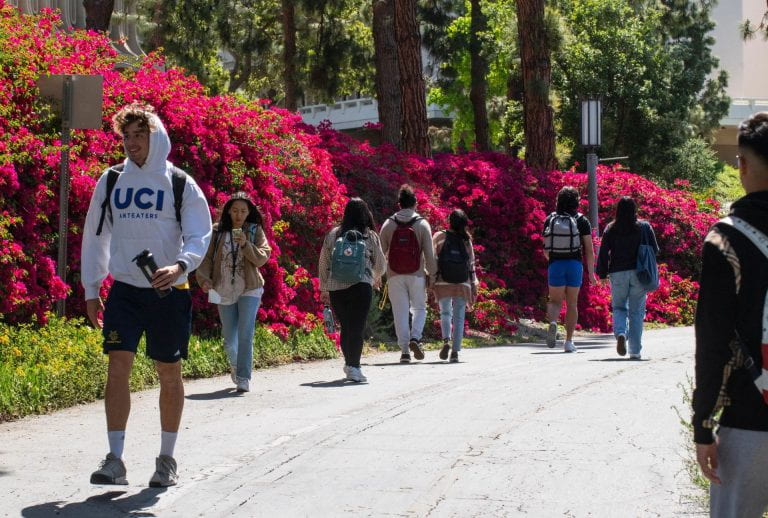
UCI is ranked among nation’s top 10 public universities for eighth year in a row
Irvine, Calif., Sept. 12, 2022 — The University of California, Irvine has been ranked eighth among the nation’s public universities – and 34th overall, an improvement of two spots – on U.S. News & World Report’s 2022-23 list of “Best Colleges,” released today. This is the eighth consecutive year in which UCI has placed in the top 10.
Physicists Uncover New Dynamical Framework for Turbulence
Physicists at Georgia Tech have proven — numerically and experimentally — that turbulence in fluid flows can be understood and quantified with the help of a small set of special solutions that can be precomputed for a particular geometry, once and for all.
Driving simulations that look more life-like
Today’s driving simulators have a big problem: They don’t look realistic enough, particularly background objects, such as trees, and road markings. But researchers have developed a new way to create photorealistic images for simulators, paving the way for better testing of driverless cars.Conventional computer graphics use detailed models, meshes and textures to render 2D images from 3D scenes, a labor-intensive process which produces images that often fall short of being realistic, particularly in the background.
Miriam E. John Awarded Livermore’s 2022 John S. Foster Medal
Lawrence Livermore National Laboratory Director Kim Budil has announced that the 2022 John S. Foster, Jr. Medal winner is Miriam “Mim” E. John, Vice President Emerita of Sandia National Laboratories.
Study paves way for widespread architectural use of end-of-life tyres
A new study by The University of South Australia has tested and verified the structural integrity of walls constructed from tyres packed with earth, with the results potentially providing new opportunities for the reuse of end-of-life tyres in the construction industry.
Experts Go All In when CEBAF Is in Trouble
What happens when a unique research machine breaks? The question isn’t academic. In April, sensors showed that a vacuum seal in Jefferson Lab’s Continuous Electron Beam Accelerator Facility had failed in a critical area of the injector – the chopper – where electrons are sorted by large copper cavities and directed for experiments. Without that vacuum seal, outside air we breathe will enter those cavities, contaminating the system and effectively crippling accelerator operations. An ad hoc team of experts from the accelerator and engineering divisions assembled to diagnose the situation and figure out how to fix it.
Pitt is the only university in the U.S. with this giant 3D printer for metal
The University of Pittsburgh is in exclusive company with a new state-of-the-art technology — the first Gefertec arc605 3D printer at any university in the U.S, thanks to funding from the Department of Energy and U.S. Army. The printer makes use of welding, melting wire made from metals like stainless steel, titanium and aluminum alloys and depositing it layer by layer. Pitt’s new Gefertec arc605 is much faster than previous metal 3D printers, which used lasers and metal powder.
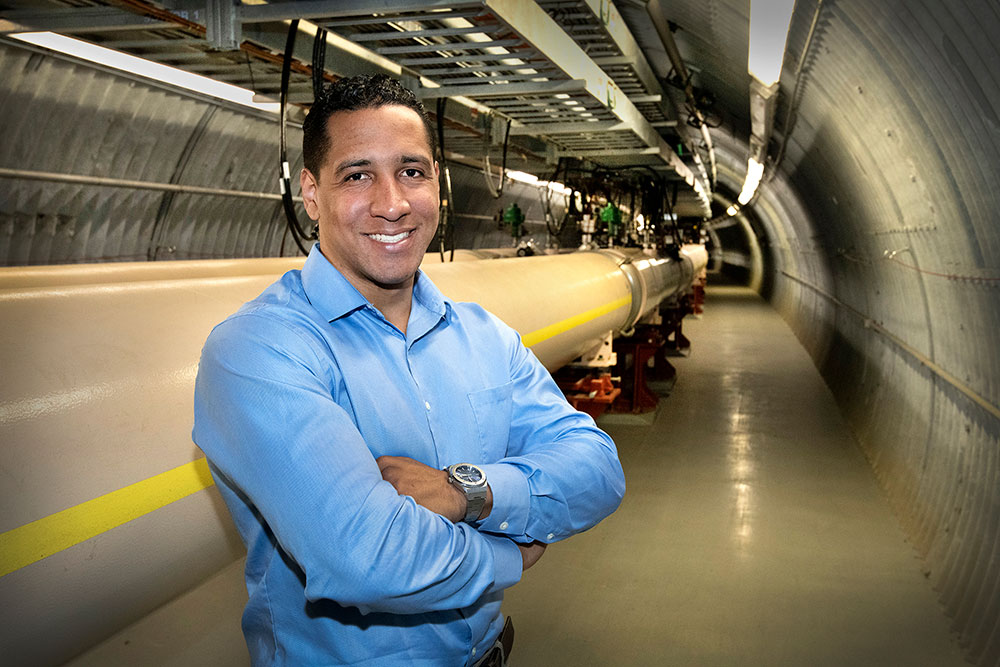
Meet Cliff Brutus: Mechanical Engineer, Project Manager, and Life-Long Learner
Jean Clifford (Cliff) Brutus, an engineer at the U.S. Department of Energy’s (DOE) Brookhaven National Laboratory, has a cool job–literally. He’s developing components to keep particle beams circulating in the Lab’s Relativistic Heavy Ion Collider (RHIC) cool.
Study Sheds Light on Residential Energy Use
Now that the U.S. Senate has passed the Inflation Reduction Act—expected to provide homeowners with access to thousands of dollars in cash incentives for new hot water heaters, HVAC, insulation, and other enhancements—a spotlight has been cast on the residential energy…
New wind sensor uses smart materials to improve drone performance
Engineers have designed and successfully tested a more efficient wind sensor for use on drones, balloons and other autonomous aircraft.These wind sensors – called anemometers – are used to monitor wind speed and direction. As demand for autonomous aircraft increases, better wind sensors are needed to make it easier for these vehicles to both sense weather changes and perform safer take-offs and landings, according to researchers.

PPPL launches project to build the Princeton Plasma Innovation Center
PPPL moved forward with plans to build the Princeton Plasma Innovation Center (PPIC), a new state-of-the-art office and laboratory building and the first new building on campus in 50 years. The project kicked off during a meeting with architects on July 8.
Chula Engineering Student Team Wins Runner-up Award at Spaceport America Cup 2022
A big round of applause to members of the Chulalongkorn University High Altitude Research Club – CUHAR from Aerospace Engineering (AERO), Chula International School of Engineering, who represented Thailand at the Spaceport America Cup 2022.

Researchers recycle CDs into flexible biosensors
New research from Binghamton University, State University of New York offers a second life for CDs: Turn them into flexible biosensors that are inexpensive and easy to manufacture.
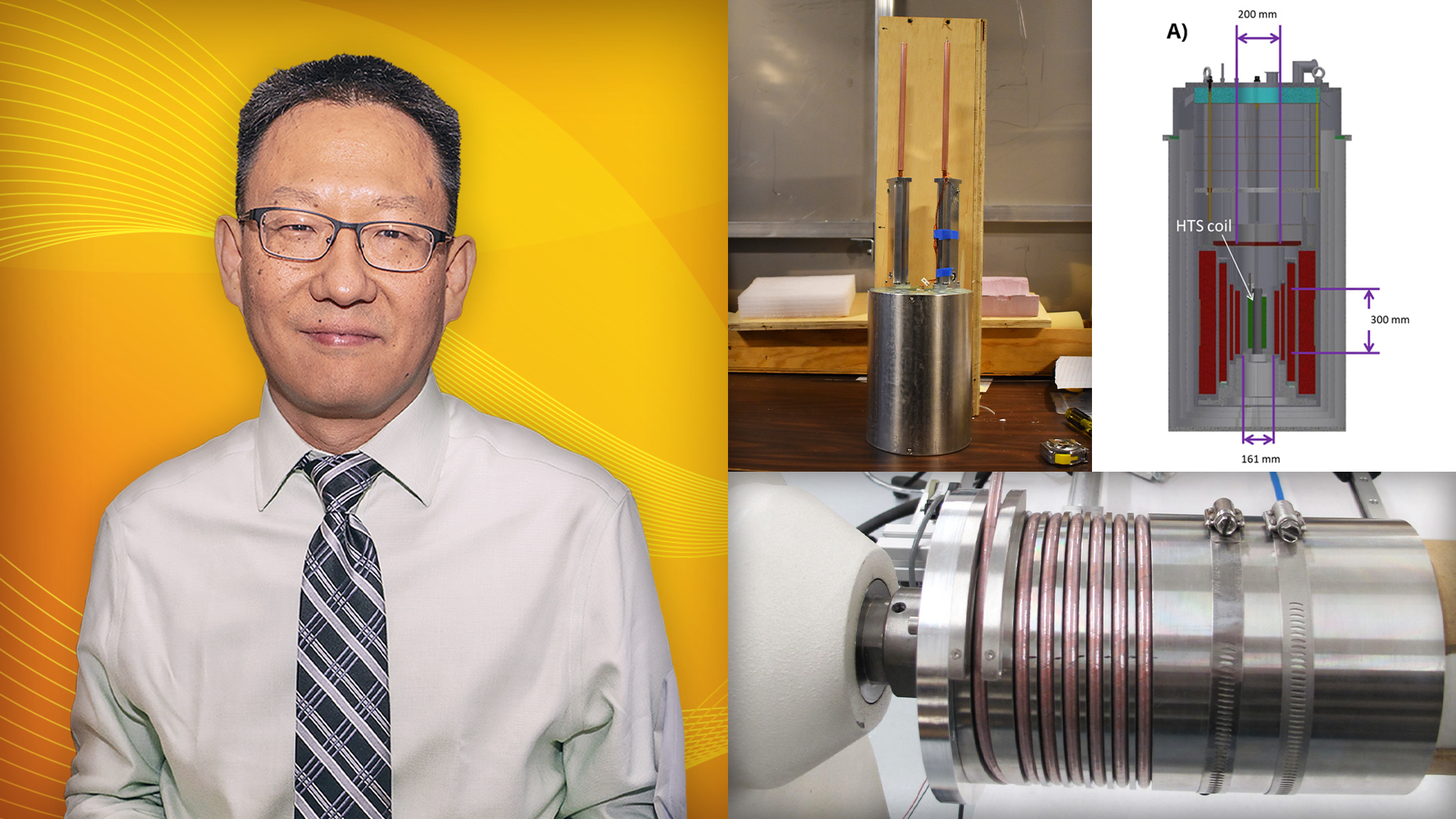
Smaller, stronger magnets could improve devices that harness the fusion power of the sun and stars
PPPL researchers have found a way to build powerful magnets smaller than before, aiding the design and construction of machines that could help the world harness the power of the sun to create electricity without producing greenhouse gases that contribute to climate change.
‘Smart necklace’ biosensor may track health status through sweat
Researchers have successfully tested a device that may one day use the chemical biomarkers in sweat to detect changes in a person’s health.
FAU Receives State Grant for Cybersecurity, IT Training
FAU was awarded more than $800,000 by the state of Florida as part of a $15.6 million initiative to prepare students and mid-career professionals for jobs in the burgeoning fields of cybersecurity and information technology.
Call for Abstracts – The 17th APRU Multi-Hazards Symposium 2022
The Faculty of Engineering, Chulalongkorn University, would like to cordially invite you to join the 17th APRU Multi-Hazards Symposium 2022, which will be held during November 29 – November 30, 2022 at the Mandarin Hotel Bangkok Samyan, Thailand.
Study: Making an artificial heart fit for a human — with focused rotary jet spinning, not 3D
In a new study published in Science, a team of researchers from Harvard, University of Pittsburgh, University of California, Irvine and University of Zurich have come together to utilize a new, more advanced method to fabricate artificial tissues and organs. The researchers proposed the process of focused rotary jet spinning. This team included Qihan Liu, an assistant professor in the University of Pittsburgh Swanson School of Engineering.
New biobatteries use bacterial interactions to generate power for weeks
Researchers at Binghamton University, State University of New York have developed a “plug-and-play” biobattery that lasts for weeks at a time and can be stacked to improve output voltage and current.
UAlbany Engineering Building to Anchor New Artificial Intelligence Supercomputing Initiative
The University at Albany today began a new era of teaching and research with the launch of Albany AI, a $200 million public-private supercomputing initiative based out of its soon-to-be-renovated College of Engineering and Applied Sciences building.
$2.3 million NIH grant to fund research on ’smart’ knee replacements
A researcher at Binghamton University, State University of New York has received a five-year, $2,326,521 grant from the National Institutes of Health’s National Institute of Arthritis and Musculoskeletal and Skin Diseases to further her research into smart knee replacements.
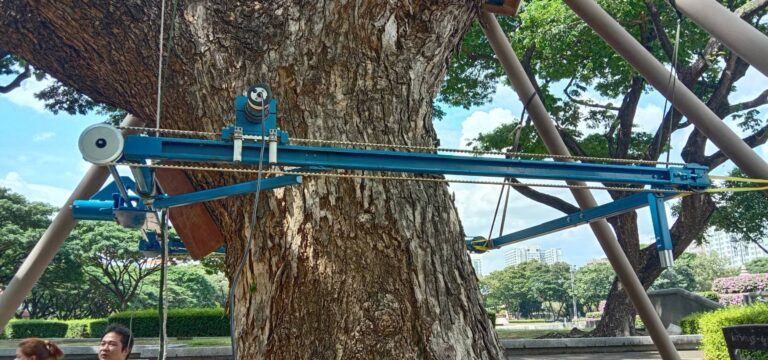
Chula’s Faculty of Engineering Pioneers the Use of Gamma Rays to Inspect Large Trees
Lecturers of the Faculty of Nuclear Technology at the Faculty of Engineering, Chulalongkorn University have developed a special device for scanning trees to determine trunk density and hollowness to prevent accidents from fallen trees and also as a way to conserve large trees in urban areas.
New feedback system can improve efficiency of fusion reactions
PPPL scientists have refined the use of magnetic fields to improve the performance of doughnut-shaped fusion facilities known as tokamaks. The improved technique protects internal parts from damage by instabilities and allows tokamaks to operate for longer without pausing.
Bright Minds of the Future
The 36th Annual CSU Student Research Competition showcased the CSU’s innovative scholars.
CityU co-hosts online science and tech conference with Nature journals; pre launch for CityU’s HK Tech Forum
Leading scientists exchanged innovative views on contemporary trends in the chemistry of 2D materials at a three-day online conference co-organised by City University of Hong Kong (CityU) and Nature Conferences, the preeminent series curated by the highly prestigious science journal Nature and Nature journals.
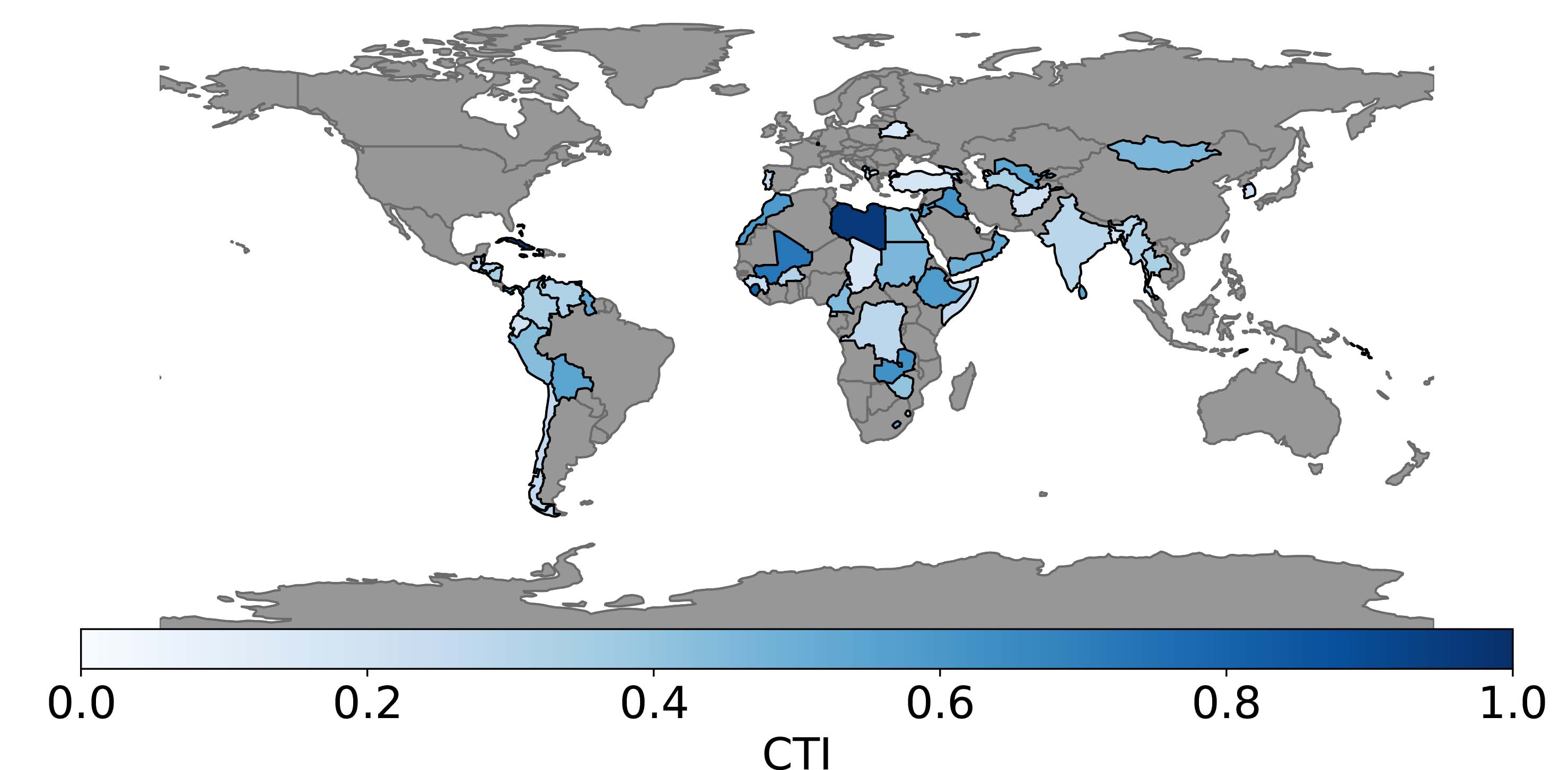
A quarter of world’s Internet users rely on infrastructure at high risk of attack
About a quarter of the world’s Internet users live in countries that are more susceptible than previously thought to targeted attacks on their Internet infrastructure. Many of the at-risk countries are located in the Global South.
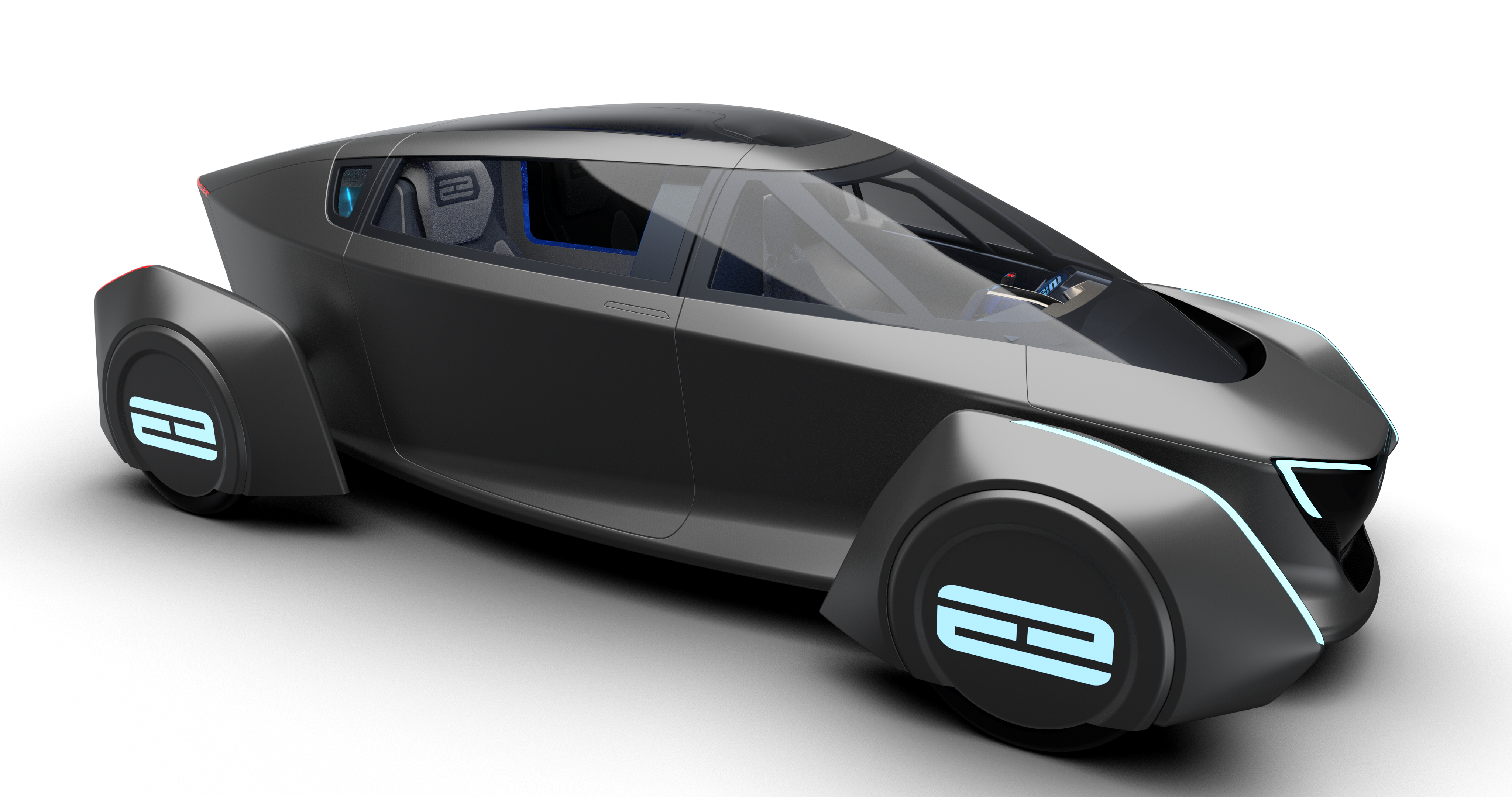
E2 Mobility Enlists Cox Automotive Mobility for Fleet Services and Logistics
E2 Mobility will utilize Cox Automotive Mobility’s suite of digital and physical fleet solutions, including the company’s comprehensive service-management solution, fleet platform and vehicle connectivity solutions.
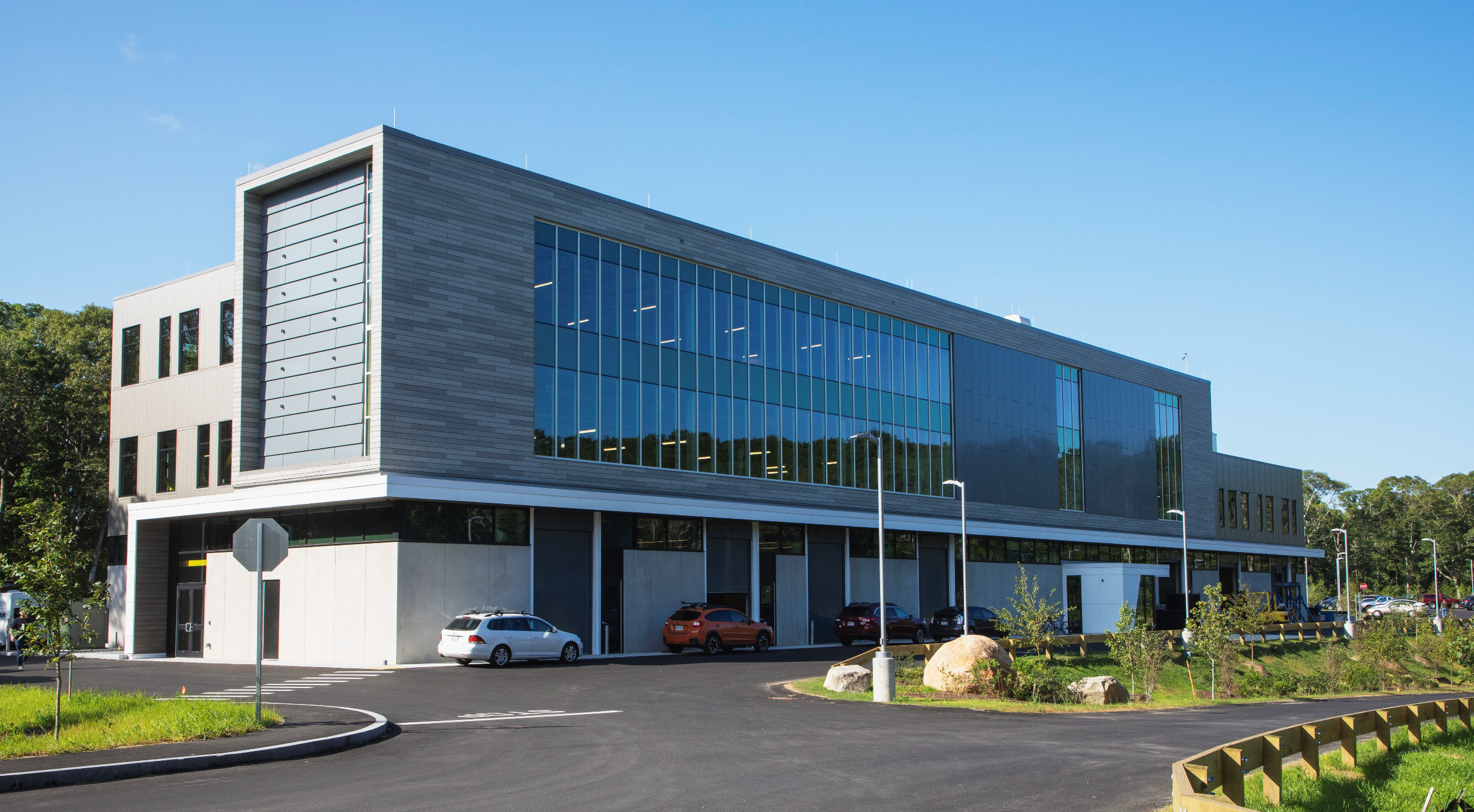
Innovation Takes Off at Woods Hole Oceanographic Institution
Woods Hole Oceanographic Institution (WHOI), the world’s largest independent institution specifically focused on ocean science, engineering, and education, today announced the establishment of the George and Wendy David Center for Ocean Innovation, the latest in a series of new initiatives aimed at cementing WHOI’s position as a national leader in ocean innovation and laying the foundation for a future of scientific discoveries, breakthrough technologies, and unparalleled advances on land and at sea.
Marek Urban develops hose that can repair its own cracks
Marek Urban and his research group at Clemson University have developed a self-repairing hose to dispense hydrogen as part of the nation’s effort to diversify its fuel supply in the face of increasingly dire warnings about climate change.
Using AI to predict bone fractures in cancer patients
As medicine continues to embrace machine learning, a new study suggests how scientists may use artificial intelligence to predict how cancer may affect the probability of fractures along the spinal column.
New study proves correct dosage for ultraviolet disinfection against COVID
A new study from Binghamton University, State University of New York proves the correct dosage for ultraviolet disinfection against COVID.
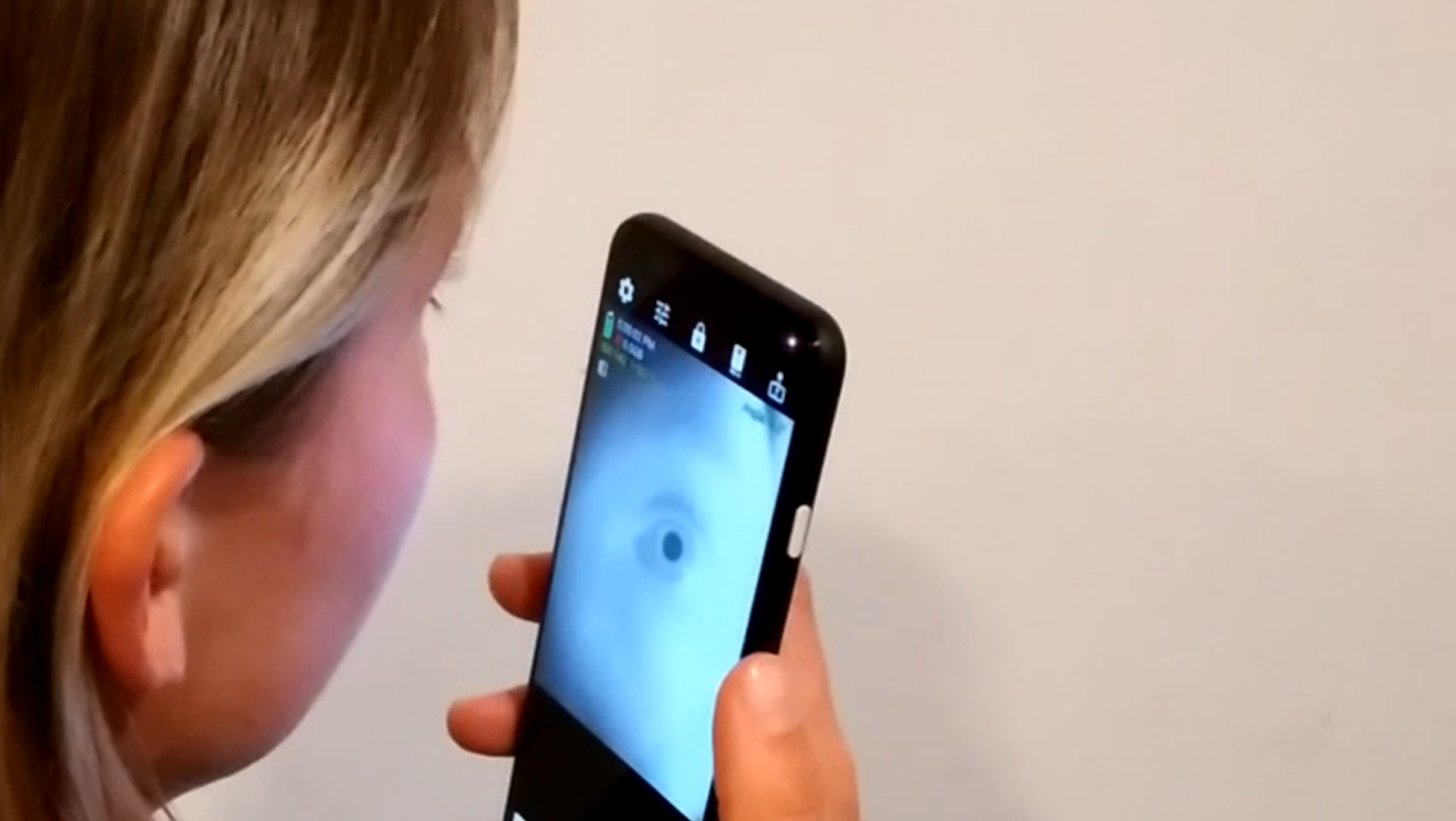
‘Eye-catching’ smartphone app could make it easy to screen for neurological disease at home
UC San Diego researchers developed a smartphone app that could allow people to screen for Alzheimer’s disease, ADHD and other neurological diseases and disorders—by recording closeups of their eye. The app uses a smartphone’s built-in near-infrared camera and selfie camera to track how a person’s pupil changes in size. These pupil measurements could be used to assess a person’s cognitive condition.
First International Conference on Heterostructured Materials (HSM I)
HSMs represent an emerging class of materials that are expected to become a major field of scientific exploration for the materials, mechanics, physics and computer simulation communities in the coming years. As an emerging materials field, many fundamental issues need to be probed.
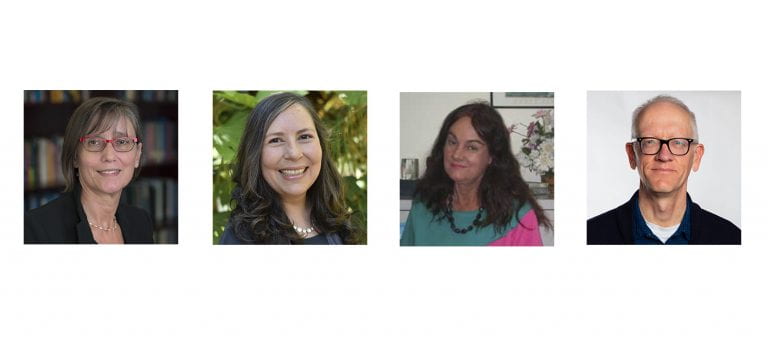
Four professors elected to membership in the American Academy of Arts & Sciences
Irvine, Calif., April 28, 2022 — A quartet of professors at the University of California, Irvine, has been elected as members by the American Academy of Arts & Sciences. The 242nd class of AAAS inductees includes 261 extraordinary people from around the world, recognized for their accomplishments and leadership in academia, the arts, industry, public policy and research.
Human skin has evolved to allow maximum durability and flexibility
Human skin has evolved to allow maximum durability and flexibility, according to new research from Binghamton University, State University of New York.
$2.4 million NIH grant to fund research into better, faster diagnosis of lung nodules
A biomedical engineering professor at Binghamton University, State University of New York has received a $2.4 million grant to develop a faster, less painful way to diagnose malignant solitary pulmonary nodules (SPNs).
Sweat-collecting patch inspired by cactus spines
A sweat-collecting patch has been developed using the principle based on how the cactus spines attract water.
Fairer Democracy: Designing a Better Citizens’ Assembly
Hertz Fellow Bailey Flanigan is using her engineering background to design a better—and fairer—way of selecting people for citizen panels.
Media Invited to Acoustical Society of America Meeting in Seattle, Nov. 29 – Dec. 3
After more than a year of virtual conferences, the Acoustical Society of America (ASA) is holding its 181st meeting in person in Seattle, Washington, at the Hyatt Regency Seattle from Nov. 29 through Dec. 3. This major scientific conference brings together interdisciplinary groups of acoustics professionals, spanning many fields, including physics, medicine, music, psychology, wildlife biology, and engineering, to discuss the latest advancements. Follow conference highlights with social media hashtag #ASA181.
FloodNet: Hyperlocal flood sensors to support real-time flood monitoring, flood response, and urban resilience planning in NYC
Whether the result of tidal flooding, extreme events like Hurricanes Henri and Ida, or more frequent cloudbursts, flooding affects public health and safety, mobility, infrastructure, and the city’s economy.